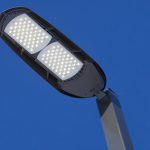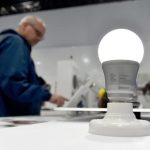Pregnancy and LED Lights: Is It Safe to Use Them?
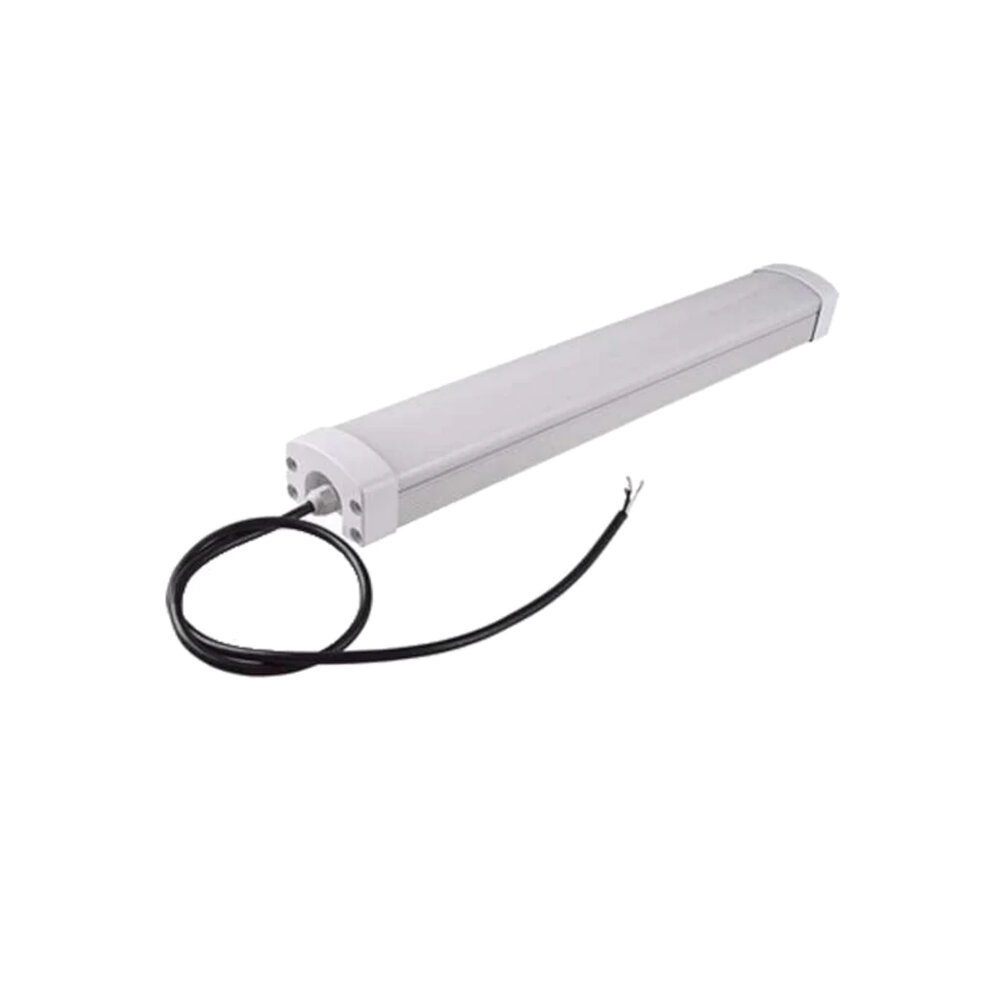
Pregnancy is a crucial time in a woman’s life, where she has to be extra cautious about her health and well-being. The use of LED lights in our daily lives has increased significantly over the years, and pregnant women are often concerned about the safety of these lights. While LED lights are energy-efficient and long-lasting, there are concerns about their potential health risks, especially during pregnancy. As a result, it’s important to explore the topic of pregnancy and LED lights to understand whether they are safe to use. LED lights emit blue light, which is known to disrupt sleep patterns and may have other health implications. Pregnant women may be more susceptible to the effects of blue light, which could affect their health and that of their unborn child. In addition, LED lights also produce electromagnetic radiation, which raises concerns about their impact on fetal development. It’s crucial to understand the potential risks associated with LED lights during pregnancy to make informed decisions and take appropriate measures to protect both the mother and the baby.
LED lights are a type of energy-efficient lighting that has become increasingly popular in recent years due to their low energy consumption and long lifespan. These lights produce light by passing an electric current through a semiconductor, which emits photons. LEDs are commonly used in a variety of household lighting applications, including lamps, ceiling lights, and holiday decorations. When it comes to pregnancy, there is no evidence to suggest that LED lights are harmful to pregnant women or their developing fetuses. However, it is always a good idea to consult with a healthcare provider if you have concerns about the use of LED lights during pregnancy, especially if you have a history of medical conditions that may be affected by exposure to certain types of light.
It is crucial for pregnant women to be aware of the safety of LED lights, as exposure to certain types of lights can have adverse effects on the developing fetus. LED lights emit blue light that can disrupt the body’s natural circadian rhythms, which can lead to sleep disturbances and other health issues. Additionally, some LED lights contain high levels of blue light that can lead to retinal damage and other eye-related problems. Pregnant women should avoid using LED lights that emit high levels of blue light and opt for warm or natural light options instead. Furthermore, it is essential to limit exposure to LED lights at night, as it can interfere with the body’s natural production of melatonin, which is crucial for healthy fetal development. Overall, knowing the safety of LED lights during pregnancy is critical to ensuring the health and well-being of both the mother and the developing fetus.
What Are LED Lights?
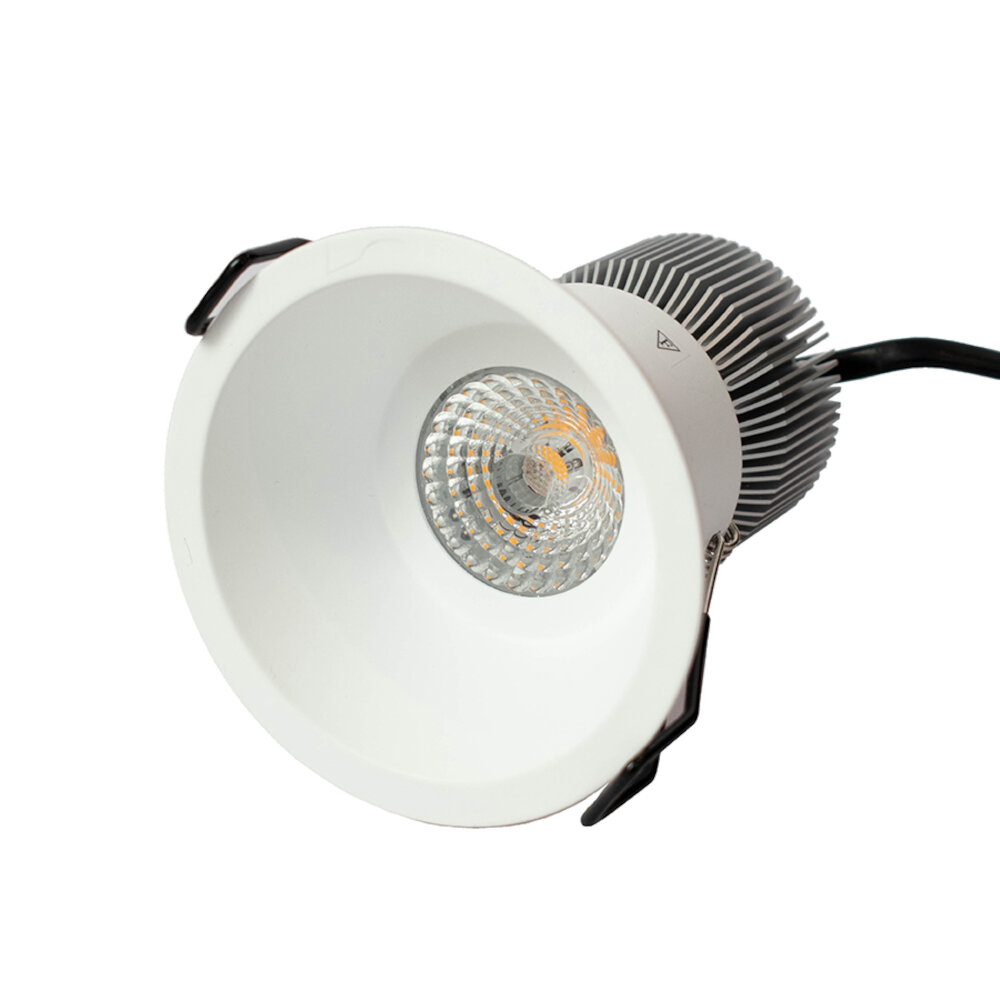
LED lights are a type of lighting technology that has become increasingly popular in recent years. LED stands for \light-emitting diode,\ which is a semiconductor device that emits light when an electrical current is passed through it. LED lights are incredibly energy-efficient and long-lasting compared to traditional lighting options, such as incandescent bulbs. Due to their energy efficiency, LED lights have become a popular choice for homes and businesses alike. They are available in a variety of colors and can be used in a variety of lighting applications, including indoor and outdoor lighting, as well as in electronic devices such as televisions and computer screens. However, as LED lights have become more common, concerns have been raised about their safety during pregnancy. Some studies have suggested that exposure to LED lights, particularly blue and white light, may disrupt the body’s circadian rhythm and interfere with sleep patterns. Additionally, some experts have raised concerns about the potential for LED lights to emit harmful electromagnetic radiation. While there is still much to be learned about the potential risks associated with LED lights, it is generally recommended that pregnant women exercise caution when using these lights and limit their exposure whenever possible.
LED lights, or Light Emitting Diodes, are a type of energy-efficient lighting technology that has gained popularity in recent years. Unlike traditional incandescent bulbs, which use a filament to produce light, LEDs use a semiconductor material to generate light through a process called electroluminescence. When a voltage is applied to the semiconductor, electrons flow through the material and release energy in the form of photons, or light particles. This process is highly efficient, as very little energy is lost as heat, and it allows LEDs to produce the same amount of light as incandescent bulbs using much less electricity. Additionally, LEDs do not contain the hazardous materials found in fluorescent bulbs, making them a safer and more eco-friendly choice for lighting. However, while LED lights are generally considered safe for use during pregnancy, some studies suggest that exposure to high levels of blue light from LED screens and devices may disrupt sleep patterns and affect fetal development.
There are different types of LED lights available in the market, each with its unique characteristics and purposes. The most common types of LED lights are the standard LED bulbs, which are energy-efficient, long-lasting, and produce bright light. The decorative LED lights are designed to enhance the ambiance of a room and come in different shapes, sizes, and colors. The LED strip lights are flexible and can be used for creating different lighting effects, such as backlighting, task lighting, and accent lighting. The grow lights are specifically designed for indoor plants, providing the necessary light spectrum for photosynthesis. It is important to choose the right type of LED light for your needs and ensure it meets safety standards, especially during pregnancy.
Using LED lights during pregnancy has several advantages. Firstly, LED lights are energy-efficient and have a longer lifespan compared to traditional lighting options. This means that they are cost-effective and environmentally friendly. Secondly, LED lights emit a lower amount of heat, reducing the risk of burns or fire hazards. Additionally, LED lights do not contain harmful chemicals such as mercury and lead, making them safe for both the environment and human health. Finally, LED lights are available in a variety of colors and brightness levels, making them versatile and suitable for various lighting needs. Overall, using LED lights during pregnancy is a safe and practical choice.
Risks of Using LED Lights During Pregnancy
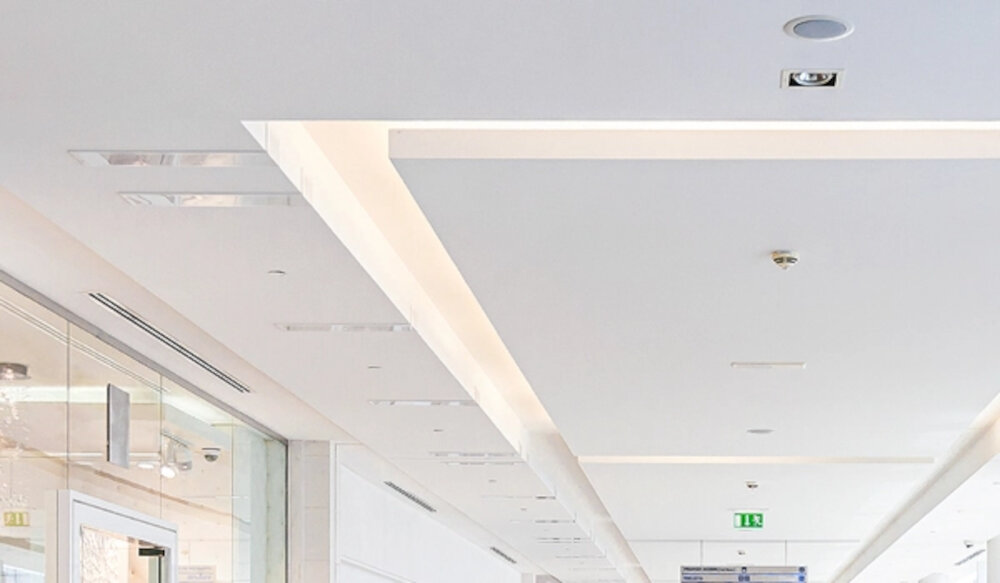
As LED lights have become more popular in recent years, many expectant mothers wonder whether they pose any risks to their health or that of their unborn child. While LED lights are generally safe to use during pregnancy, there are some risks that women should be aware of. One of the main concerns is that LED lights emit blue light, which can interfere with the production of melatonin, a hormone that regulates sleep-wake cycles. This could potentially affect the quality of sleep for pregnant women, which is essential for their wellbeing and that of their developing fetus. Another risk of using LED lights during pregnancy is the potential exposure to electromagnetic fields (EMFs). These fields are produced by all electrical devices, including LED lights, and have been linked to adverse health effects such as headaches, dizziness, and fatigue. While the evidence on the effects of EMFs on pregnancy is still limited, it is recommended that expectant mothers take precautions to minimize their exposure. This might include using LED lights in moderation, keeping them at a safe distance, and turning them off when not in use. Overall, while the risks of using LED lights during pregnancy are relatively low, it is important for women to be aware of them and take steps to minimize any potential harm.
LED lights are known to emit blue light, which can be potentially harmful to pregnant women. Studies have shown that exposure to blue light during pregnancy can disrupt the circadian rhythm and melatonin production, leading to adverse effects on the fetal development. Additionally, the high-intensity light emitted by LED lights can cause discomfort, headaches, and even seizures in some pregnant women. Furthermore, prolonged exposure to LED lights can cause eye strain and fatigue, which can negatively affect the health of both the mother and the baby. Therefore, it is recommended that pregnant women limit their exposure to LED lights and use warm and dim lighting instead.
Recent studies and research have been conducted to understand the effects of LED lights on pregnancy. While LED lights are considered safe for most people, there are concerns regarding their impact on pregnant women. The blue light emitted by LED lights can interfere with the circadian rhythm and melatonin production, which can have implications for fetal development. Additionally, prolonged exposure to LED lights can exacerbate pregnancy-related conditions such as preeclampsia and gestational diabetes. However, more research is needed to fully understand the effects of LED lights on pregnancy, and pregnant women should consult with their healthcare provider before using LED lights excessively.
Blue light exposure, commonly emitted by LED lights, has been shown to disrupt sleep and decrease melatonin production. This can be particularly concerning for pregnant women, as sleep disruptions and hormonal imbalances can have negative impacts on both the mother and developing fetus. Research suggests that exposure to blue light in the evening can suppress melatonin production by up to 50%, leading to difficulty falling asleep or staying asleep. Additionally, disrupted sleep can contribute to a range of health issues, such as increased risk of gestational diabetes and hypertension. Therefore, pregnant women should take precautions to reduce blue light exposure, such as avoiding screens before bedtime, using warm-colored LED lights, and investing in blackout curtains.
Precautions to Take When Using LED Lights During Pregnancy

During pregnancy, many women may wonder if it is safe to use LED lights, given that these types of lights emit blue light, which can potentially disrupt sleep cycles and circadian rhythms. While there is currently no conclusive evidence linking LED lights to adverse pregnancy outcomes, taking certain precautions can help alleviate any concerns. One key precaution is to limit exposure to LED lights at night, especially during the final trimester when the fetus is most sensitive to changes in the mother’s sleep patterns. This can be accomplished by dimming the lights or using red or orange filters to reduce the amount of blue light emitted. It is also important to avoid staring directly at bright LED lights for extended periods of time, as this can cause eye strain and headaches. Another important precaution to take when using LED lights during pregnancy is to choose energy-efficient bulbs that emit low levels of electromagnetic radiation. Some studies have suggested that prolonged exposure to electromagnetic radiation can potentially harm fetal development, although the evidence is not yet conclusive. By selecting bulbs with low electromagnetic emissions, pregnant women can reduce the risk of any potential harm. Additionally, it is important to ensure that LED lights are installed and used properly, as faulty wiring or incorrect installation can increase the risk of electrical shock or fire. By taking these precautions, pregnant women can use LED lights safely and with confidence.
If you’re pregnant and concerned about your exposure to LED lights, there are several things you can do to reduce your risk. First, try to limit your use of electronic devices that emit blue light, such as smartphones and tablets, especially at night. Blue light can disrupt your sleep patterns, which can have negative effects on both you and your developing baby. Additionally, you can opt for warm white LED bulbs instead of cool white ones, as the latter can emit more blue light. Finally, try to limit your exposure to LED lights in general by spending time outdoors in natural light, using blackout curtains to block out artificial light at night, and taking breaks from electronic devices throughout the day. By taking these steps, you can minimize your exposure to LED lights and help ensure a healthy pregnancy.
Maintaining proper sleep hygiene is crucial for overall health and well-being, particularly during pregnancy. Adequate sleep promotes physical and emotional well-being, supports the immune system, and can reduce the risk of pregnancy complications. Exposure to light, particularly blue light emitted by LED lights, can disrupt sleep-wake cycles and affect melatonin production, a hormone that regulates sleep. Therefore, it is essential to establish healthy sleep habits, such as maintaining a consistent sleep schedule, creating a sleep-conducive environment, avoiding caffeine and electronics before bedtime, and reducing exposure to bright lights, especially at night. Proper sleep hygiene is essential for good health, and pregnant women should take extra care to ensure they get enough restful sleep to support a healthy pregnancy.
The use of blue light-blocking glasses and other protective measures is highly recommended for pregnant women who frequently use LED lights. Blue light from electronic devices and LED lights can disrupt the circadian rhythm and negatively affect sleep quality, which can lead to pregnancy complications. Bluelight-blocking glasses reduce the amount of blue light exposure, which helps regulate the body’s natural sleep-wake cycle. Additionally, pregnant women can use other protective measures such as reducing screen time, using warm light bulbs, and taking breaks to rest their eyes. These simple yet effective measures can help alleviate the adverse effects of LED lights on the health of the mother and the developing fetus.
Benefits of Using LED Lights During Pregnancy
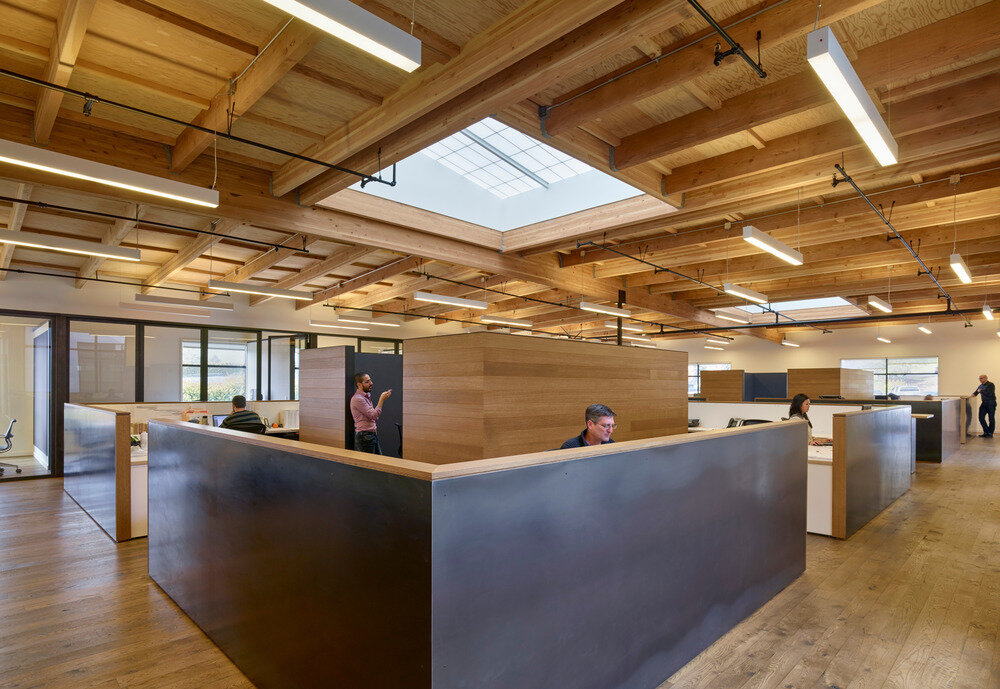
LED lights have become increasingly popular in recent years, not just for their energy efficiency but also for their safety during pregnancy. Unlike traditional light bulbs, LED lights do not contain any harmful chemicals or gases that can pose a risk to the developing fetus. This means that pregnant women can use LED lights without worrying about any negative effects on themselves or their unborn child. In addition to being safe, LED lights also offer a number of benefits during pregnancy. One of the most notable is their ability to provide bright, clear light that can help alleviate symptoms of morning sickness and fatigue. This is because LED lights emit a cool, white light that is similar in color to natural daylight, which can help regulate the body’s internal clock and reduce feelings of nausea and drowsiness. LED lights can also be used to create a calming and relaxing environment, which can be especially helpful for pregnant women who are experiencing anxiety or stress. Overall, using LED lights during pregnancy can be a safe and effective way to improve both physical and emotional well-being.
The benefits of using LED lights during pregnancy are numerous. These lights are energy-efficient and produce less heat, which makes them a safer option compared to traditional incandescent bulbs. LED lights also emit less UV radiation, which is known to be harmful to the skin and eyes. Furthermore, LED lights can help reduce the risk of falls and accidents due to their brightness and clarity. They are also available in a variety of colors and can be dimmed to create a soothing and relaxing atmosphere, which can be helpful during pregnancy. Additionally, LED lights have a longer lifespan and are more durable, making them a cost-effective and sustainable choice for expectant mothers. Overall, LED lights are a safe and beneficial lighting option for pregnant women.
During pregnancy, maintaining a positive mood and energy levels is crucial for the health of both the mother and the growing fetus. LED lights can positively impact a pregnant woman’s mood and energy levels due to their ability to emit bright, white light that can mimic natural sunlight. Exposure to natural light has been shown to improve mood, increase energy levels, and regulate sleep patterns. LED lights can also aid in reducing stress and anxiety levels, which is beneficial for pregnant women who may experience hormonal changes and emotional stress. Overall, incorporating LED lights into a pregnant woman’s daily routine can have a positive impact on her mental and emotional well-being.
There is growing interest in the potential use of LED lights for prenatal care and monitoring. LED lights emit a type of light that is similar to natural sunlight, which can be helpful in regulating the circadian rhythms of pregnant women, improving sleep quality and reducing the risk of preterm birth. Additionally, LED lights can provide a non-invasive way to monitor the health of the fetus, as changes in fetal heart rate and movement can be detected through changes in the light emitted by the uterus. However, more research is needed to determine the safety and effectiveness of LED lights for prenatal care, as well as any potential risks or side effects. It is important for pregnant women to consult with their healthcare providers before using LED lights or any other new technology during pregnancy.
The use of LED lights during pregnancy has both potential risks and benefits. On the positive side, LED lights are energy-efficient, long-lasting, and emit less heat than traditional incandescent bulbs. Additionally, LED lights do not contain mercury, which is a potential hazard for pregnant women. However, LED lights emit blue light, which can disrupt sleep patterns and affect mood. There are also concerns that exposure to blue light may have adverse effects on fetal development. While there is not enough research to definitively establish the risks or benefits of LED lights during pregnancy, it is recommended that pregnant women limit their exposure to blue light and consult with their healthcare provider if they have any concerns.
It is crucial to consult with a healthcare provider before using LED lights during pregnancy. While LED lights are generally considered safe, pregnant women may have unique circumstances that require additional precautions. For example, if a pregnant woman has a history of migraine headaches or epilepsy, exposure to certain types of LED lights may trigger these conditions. Additionally, some LED lights emit blue light, which has been shown to disrupt sleep patterns and increase the risk of depression. A healthcare provider can help a pregnant woman determine which types of LED lights are safe for her to use during pregnancy and provide recommendations for minimizing any potential risks. By seeking professional advice, pregnant women can ensure that they are taking appropriate precautions to protect their health and the health of their developing baby.
In conclusion, LED lights are generally considered safe to use during pregnancy. There is no evidence to suggest that exposure to LED lights during pregnancy has a negative impact on the health of the mother or the developing fetus. However, it is important to follow basic safety precautions when using LED lights, such as avoiding prolonged exposure and maintaining a safe distance from the light source. Additionally, it is always a good idea to consult with a healthcare provider if you have any concerns about the use of LED lights during pregnancy. Overall, LED lights can be a convenient and energy-efficient lighting option for expectant mothers, but it is important to use them responsibly to ensure the safety of both mother and baby.
Conclusion
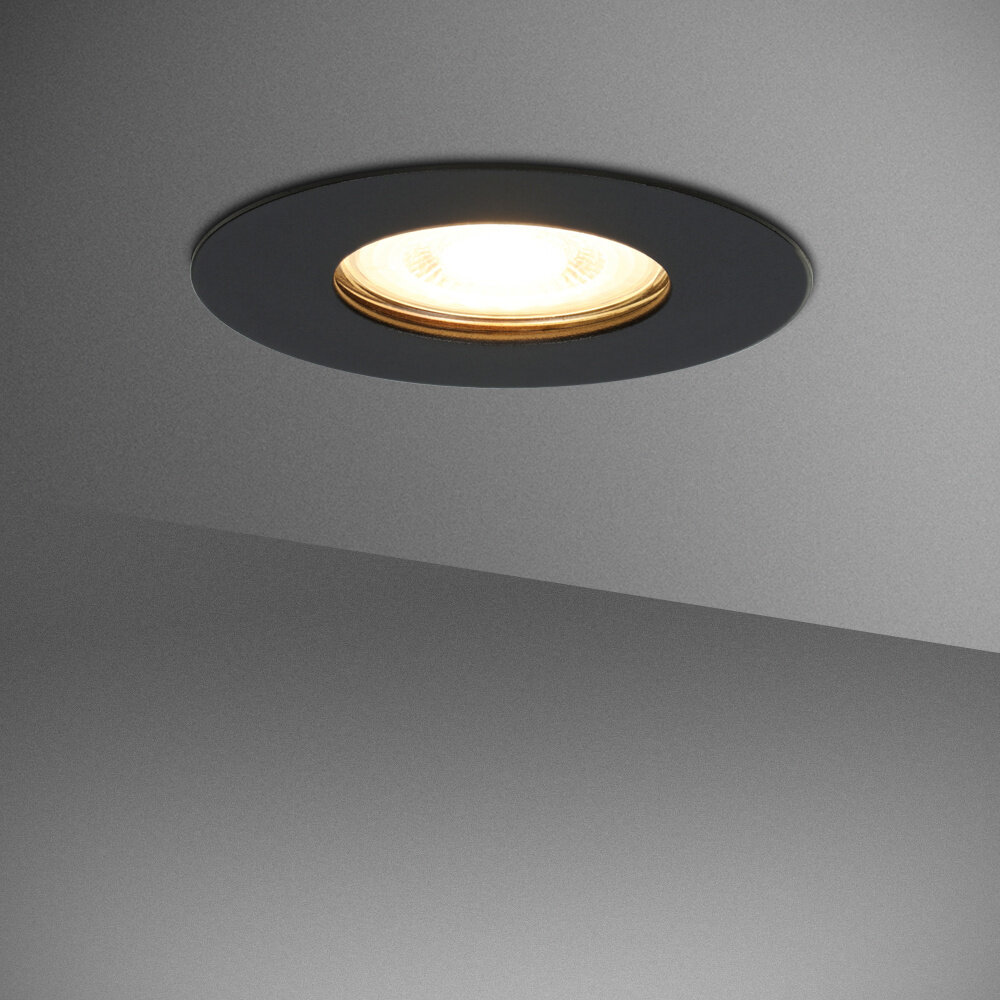
In conclusion, while there is limited research on the direct effects of LED lights on pregnancy, it is important to exercise caution when using them. The potential harm caused by blue light exposure during nighttime use should be taken into consideration, as it can disrupt the body’s natural circadian rhythm and affect sleep quality. Pregnant women should also be wary of exposure to excessive heat from LED lights, which can have negative impacts on fetal development. It is advisable to consult with a healthcare professional before using LED lights during pregnancy to ensure the safety of both the mother and the baby. Ultimately, it is better to err on the side of caution and minimize exposure to LED lights during pregnancy.


